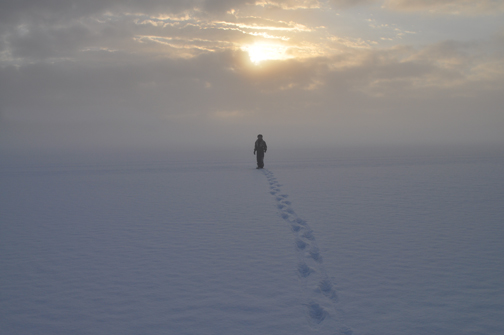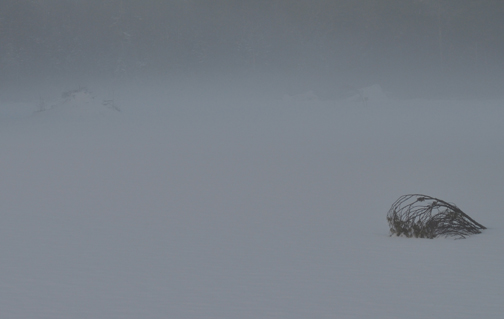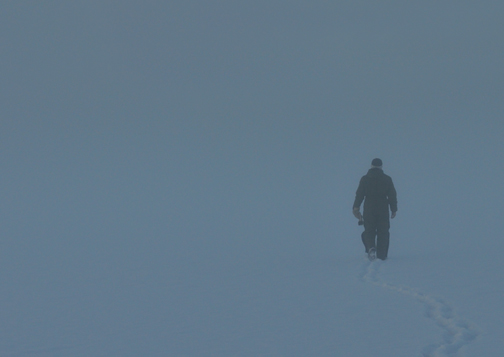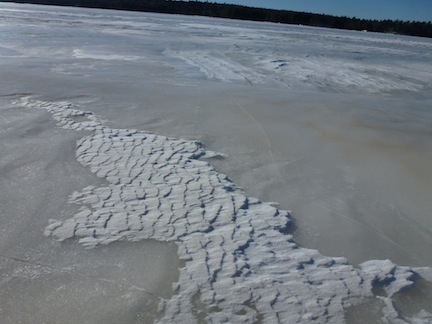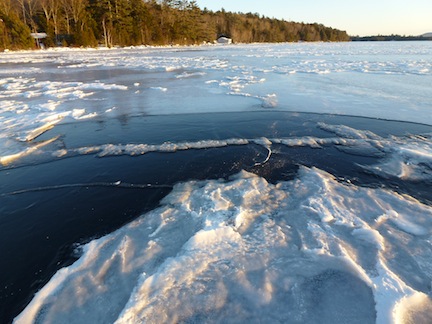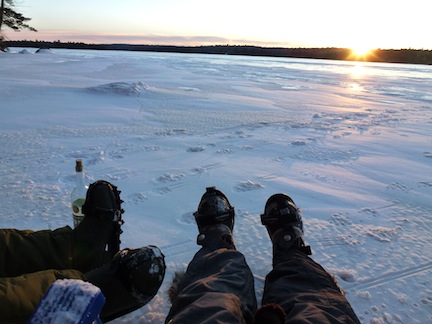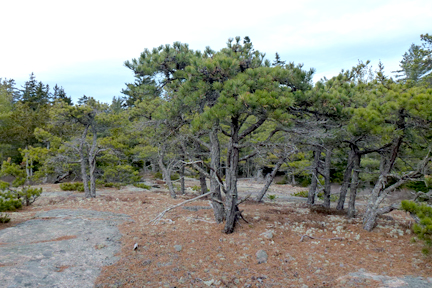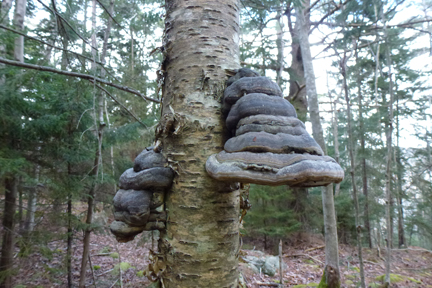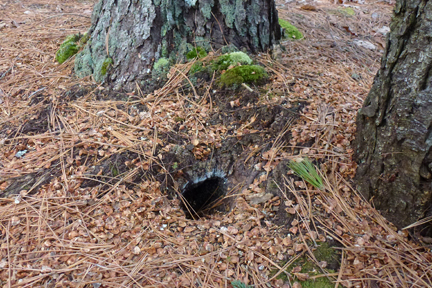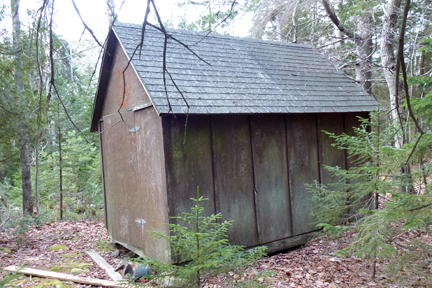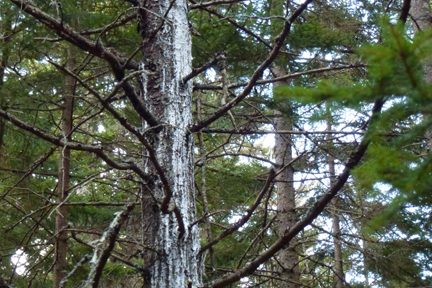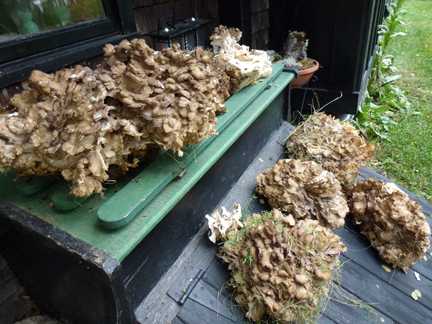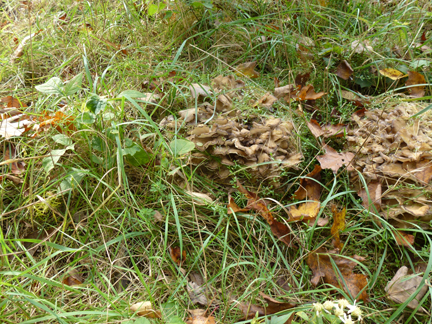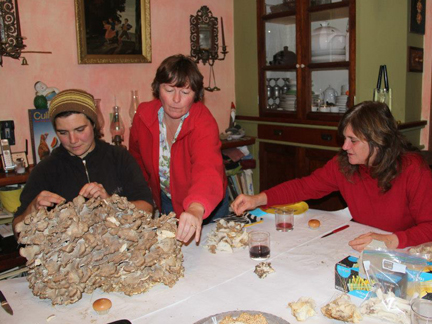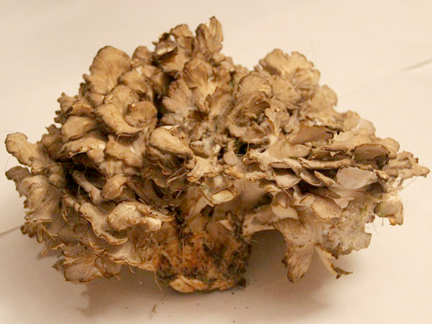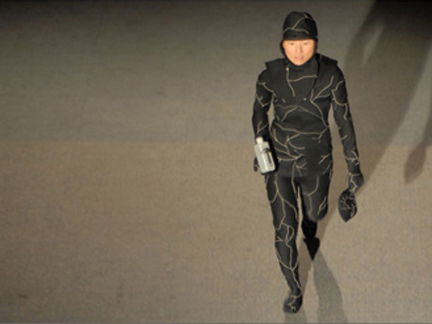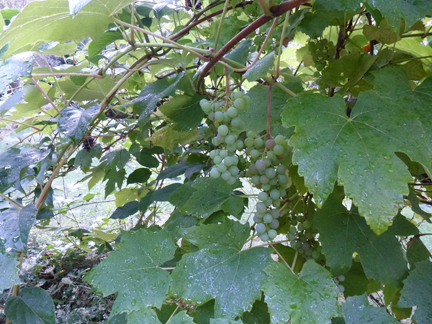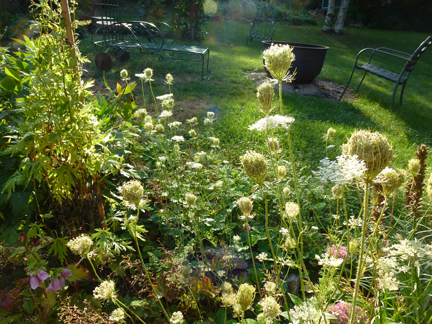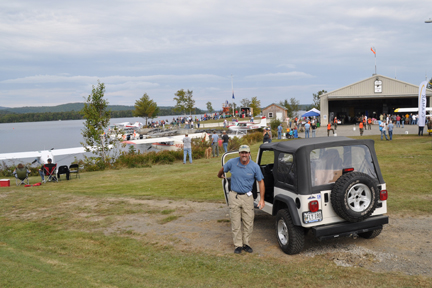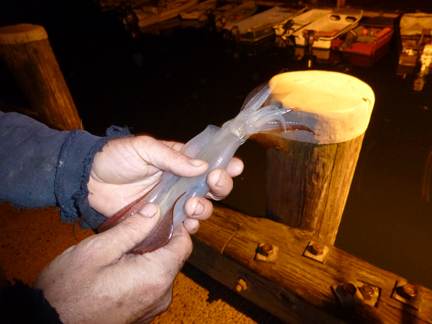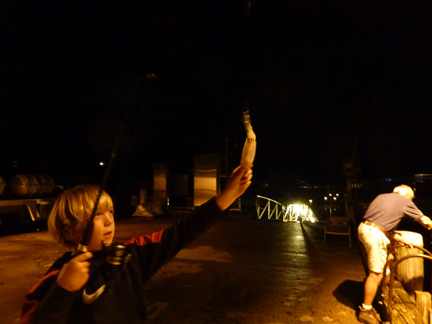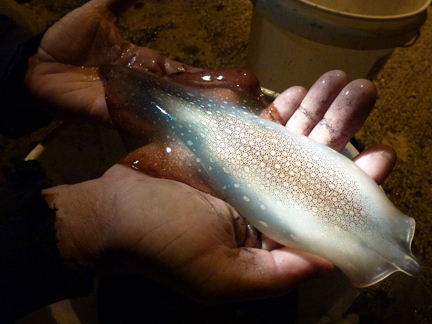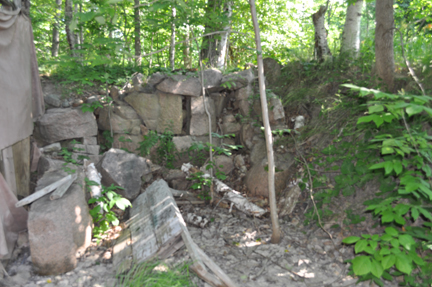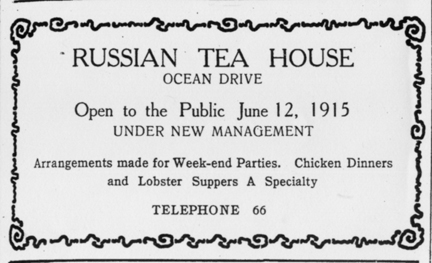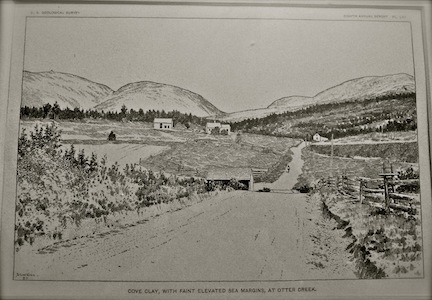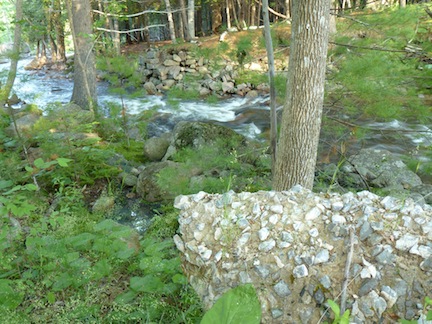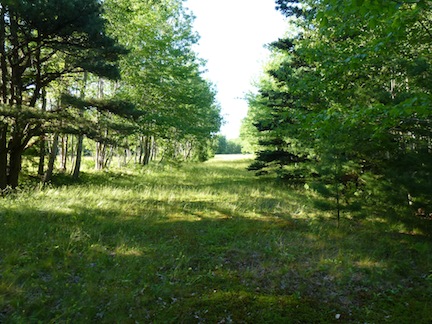
Assorted string
String, twine, rope, and ribbon, once part of everyday life, are seen less and less. The lumpy Kraft paper package tied up with fraying cord that was delivered parcel post is now rejected by the United States Postal Service. They want uniformity. Odd shaped bundles that ignited the receiver’s curiosity have been replaced with a half dozen standard ready-to-assemble priority boxes, complete with self-seal adhesive, no string required or even accepted. String may not be on the endangered list, but its homely presence is no longer a daily occurrence.
My dad had a varied assortment of string and cord, some was on spools, some in a bag, and others wrapped around shingles. He never passed any up at yard sales or flea markets. A giant spool, ten inches tall and eight inches in circumference, offered a lifetime supply of orange nylon cord. There was black cotton twine, brown-gray jute, and a white string in some other material that he would pass through a flame to melt and stop from fraying.
As children, my dad’s string was frequently resorted to. We made cat’s cradles, macramé hanging plant holders, and used it for jewelry. It was called into service to hang Christmas ornaments, and tied around the knob of a door that was then slammed shut to pull a tooth. I do not ever remember buying string at a store. We had whatever I might need for a project, hanging on the wall in his shop, neat and arranged by weight and type. His string was never in tangle, just as his knives were never dull. This was a man with a full-time job, three kids, and always in the midst of a project, from swimming pool deck, to fieldstone fireplace to growing award-winning beefsteak tomatoes or learning German. He still had the time to keep his string tidy.
Dad, of course, was not the only one with a string stash. Most households had a collection of it. String was a commonplace and completely simple commodity. It still is, but the three feet of twine that wrapped bundles of wood at the campground has been replaced with ten or more feet of clear stretchy plastic. The box from the bakery that was once tied up with white cotton string, offering a convenient carrying handle, is now quickly taped closed and handed over. We are certainly not a stringless society, but as it becomes replaced with tape, staples or plastic, the times we do tie things up are becoming more and more infrequent.
There is such a variety of string–so many hues, weights, and uses. My dad’s collection was beautiful. My more modest collection is a colorful assortment in a corner of the shed, admittedly not as neat as his, but an artistic still life nonetheless. While much string can be used for many purposes, string was also specialized. There was green gardener’s string, lightweight kite string, packing string, guitar string, fishing line, and some tightly twisted black string whose original purpose is long lost. And then there was a golden-brown rough twine used for bundling hay. This has been replaced with wire, but in the early 1900’s it was this honey colored and grass-scented twine that kept hay bundled into blocks for delivery as fodder.
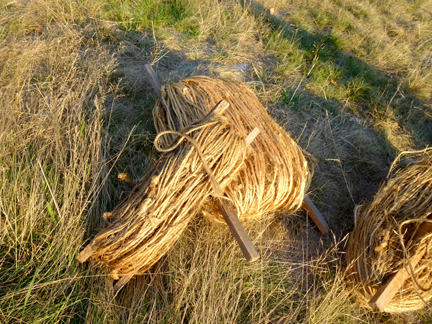
Hundreds of pieces of string, saved from hay bales, tied together.
I know this because we have a wooden board with u-shaped curves at each end, which is wrapped with yards of hay twine. Some farmer carefully took the string off each bale of hay he used to feed his cattle. He accumulated these pieces all summer, and the following winter tied them together with tight square knots and wrapped it around the wooden holder he had made. Silvery gray pencil in an elegant script stated the year, 1938, and the total length of the twine. As he used it, he would cross off the old length, and pencil in the remaining amount.
The time required to do this is astounding. I marvel as imagine this unknown farmer tying a small tight knot and reaching for another rough length to add. A winter task, he probably knotted after dark, with a fire burning, and I see him in a high-backed comfortable chair with a dwindling mound of loose twine at one side, a growing roll of neatly tied string on the other. It is evidence of the importance of string and of the frugality of the beginning of this century. To save all those pieces, tie them together, wrap the new long length, and then use this string, is classic Yankee thrift. Decades later we look at this with respect and awe. Today, that bale string would be pulled off and tossed.

String is still utilitarian, but these painstakingly saved and tied rolls are works of art. Barbara Kurgan, designer and stylist from Otter Creek and New York City, has a deep appreciation of the beauty of string. She collects and displays balls of string and string accoutrements. String in mass, or as a ball, appeals to her. Her kitchen has an eight-inch tall spool of red and white baker’s string, and near it is a perfectly round ball of red twine perched on a string holder. She is a collector, and her string collection mingles with her other collections on display in deep curio cabinet.
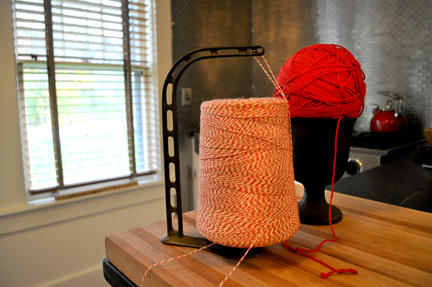
Baker’s twine in Barbara Kurgan’s kitchen
“String is rife with potential,” Barbara says. “I love when something natural has been transformed by man to fulfill a function, a wolf becomes a dog, and fiber becomes string.” She also likes all the words and phrases associated with string. “Think of the nuances,” she says, “Tie downs, tie one on, string someone along, string theory, strung out.” She lifts a large flat spool from the cabinet. “This came from Japan, and is spun from twisted unbleached paper. I got it years ago, long before the ‘Green Movement’.” It is now in Maine, and while it is still string and capable of performing its function, it has been transformed once more. It is now captive in a tableau, and viewed for its shape and color and texture and the story it tells.
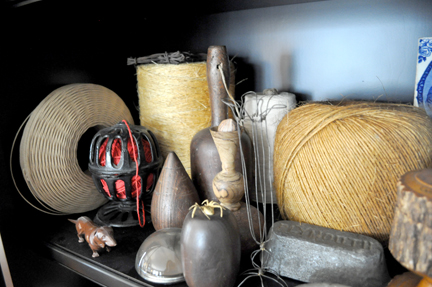
Curio cabinet with display of string and other objects in Kurgan’s Maine home
String, mundane, humble, and practical, is never showy or frivolous. Its simplicity is appealing. There are only two basic types, braided, and twined or twisted. Single-ply string is made by spinning fiber or fur, and can be made from nettles, hemp, maple, cotton, straw, jute, rabbit fur, sheep’s wool, alpaca, and the cocoons of larvae. There are even businesses which make yarn out of the fur from your cat or dog. It can be collected it when you groom your pet–my Maine coon needs frequent brushing, and soft brown and black kitty fur mittens are in my future.
After spinning the fur or fiber, the single strands are then twisted or braided. Thread with two strands is called two-ply, string with twenty strands is twenty-ply. It is then formed into balls, or wrapped around spools or bobbins. One single perfect strand is beautiful; a group of spools and balls become art. A massive ball becomes a tourist attraction. Francis Johnson rolled one ball of twine for twenty-nine years, eventually building a plexi-glass shed to protect and display it. Finley Stephens of Missouri rolled a ball of string weighing 3,712 pounds. It is now a draw at O’Malley’s Irish Pub in Weston, Missouri. He used packing string, gathered from area post offices. The post offices no longer use string, Mr. Stephens has died, and the ball of string will grow no more.
We may not use string as much as we once did, but when we do there is comfort and familiarity. String has remained relatively unchanged, and I tie a knot just as my mother did, and her mother’s mother’s mother. Together we form a long line, a string of string users, past, present and future, and we are slowly, inexorably, being rolled into a giant, record-breaking, ball of twine.

